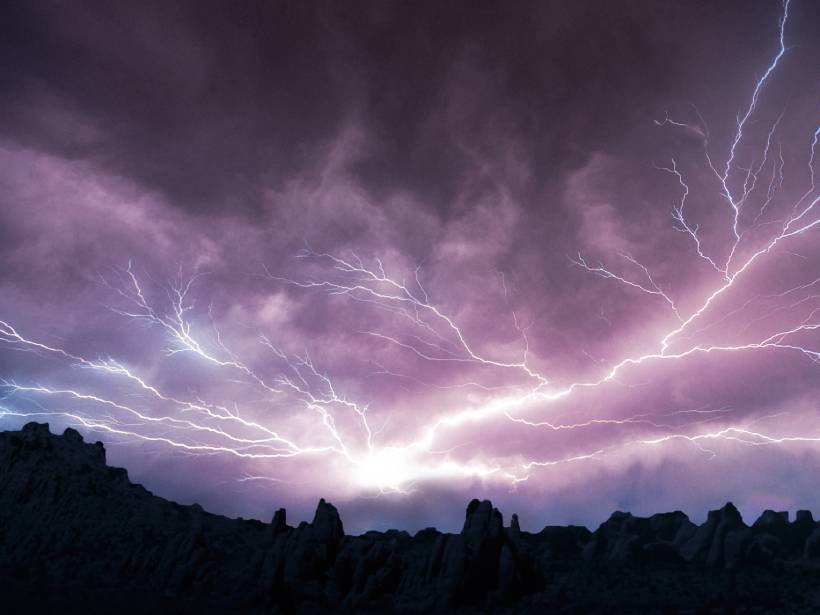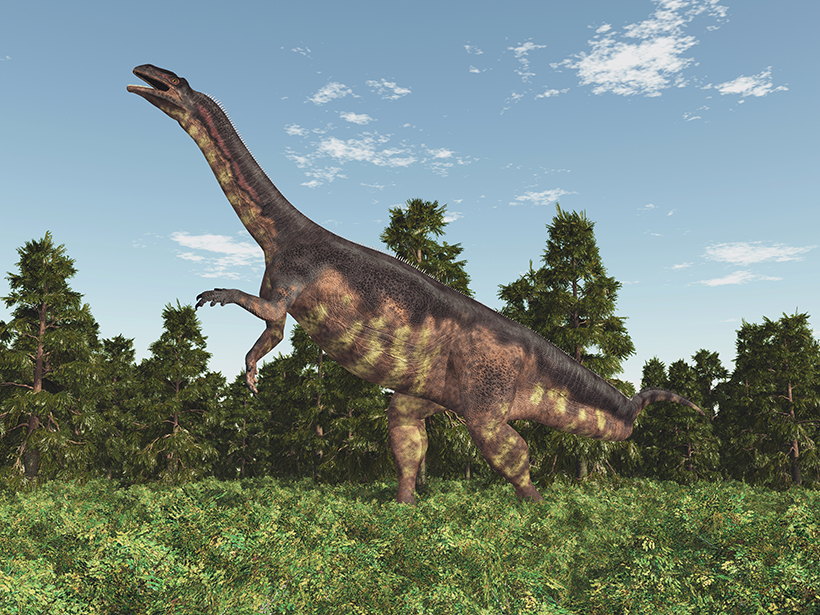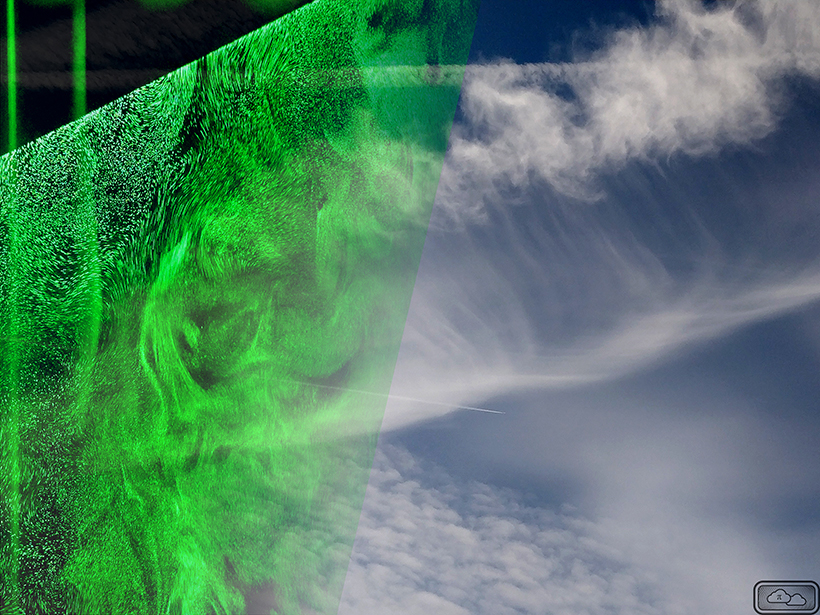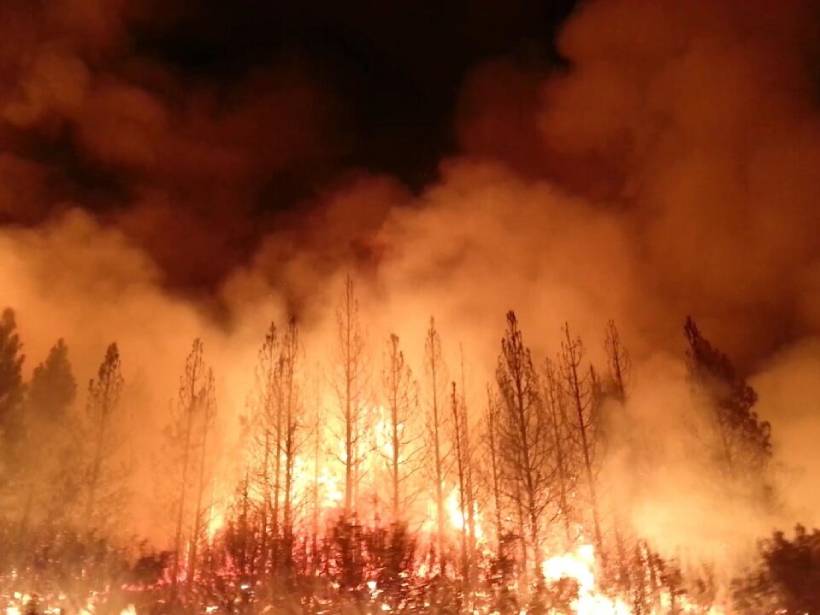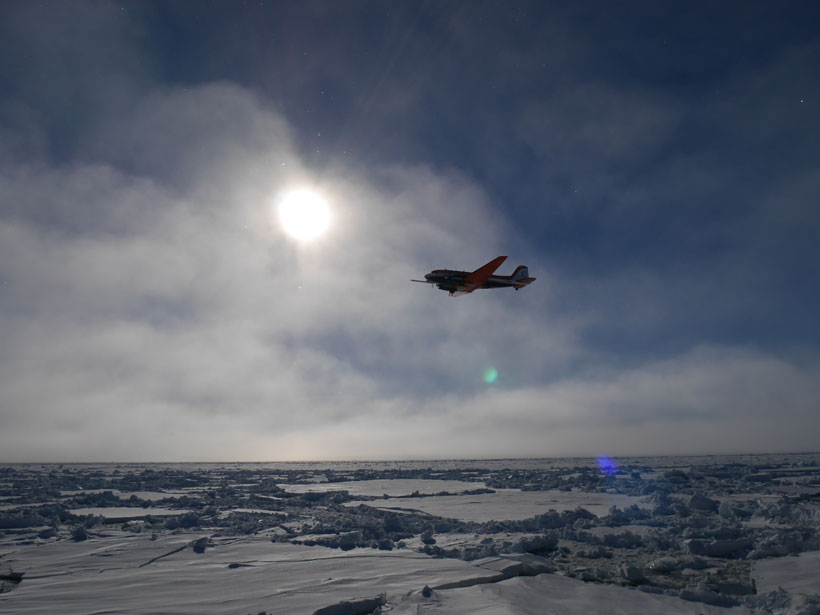The increase may be due to climate change, researchers suggest, but the trend hasn’t been observed in other lightning data sets.
everything atmospheric
Flying Saucers Could One Day Probe the Mesosphere
Researchers have created thin, levitating disks that could be used to study the mesosphere, a layer of Earth’s atmosphere that’s difficult to reach with conventional flyers.
Improving the Global Budget for Atmospheric Methanol
New aircraft survey data show that although atmospheric chemistry above remote ocean regions is a considerable source of methanol production, the ocean’s net methanol emission is minor.
A Dip in Atmospheric Carbon May Have Facilitated Dinosaur Dispersal
Herbivorous dinosaurs migrated north across Pangea beginning about 214 million years ago, coincident with a downturn in atmospheric carbon dioxide levels.
Rocket Mission Conjures a Ghostly Noctilucent Cloud
Night-shining clouds can be diagnostic tools to better understand how human activity is changing the meteorology of the mesosphere.
Improving Models for Solar Climate Intervention Research
Modern climate models were designed to simulate natural systems and changes mainly due to atmospheric carbon dioxide, rather than to predict effects of deliberate climate interventions.
Atmospheric Turbulence May Promote Cloud Droplet Formation
Turbulence causes local variations in relative humidity, which can push particles past a critical saturation threshold for droplet nucleation.
New Land Surface Air Temperature Global Dataset
The fifth major update of land surface air temperature data from the Climatic Research Unit and the Met Office has extended the time series, included more stations, and used better processing methods.
Glimpsing the Ins and Outs of the Arctic Atmospheric Cauldron
Specially equipped aircraft will follow air masses into and out of the Arctic, observing their transformations and improving our knowledge of the Arctic climate and its global influence.

